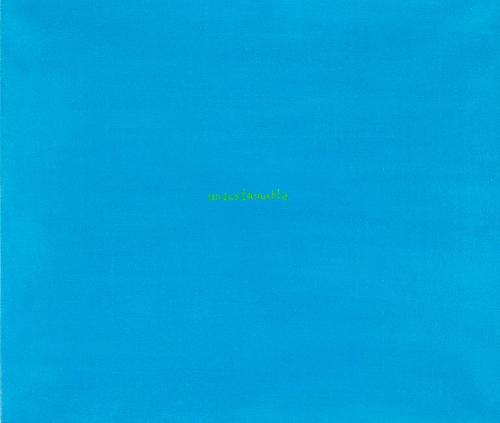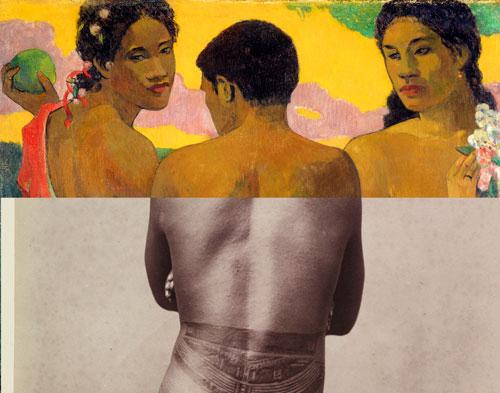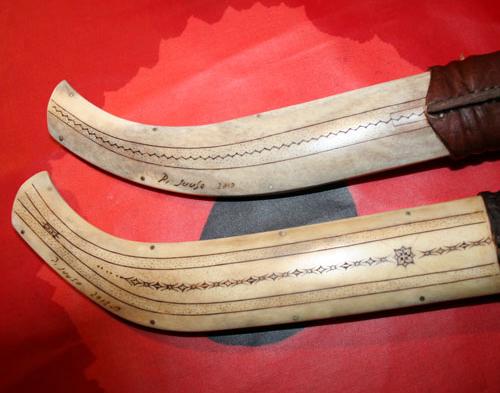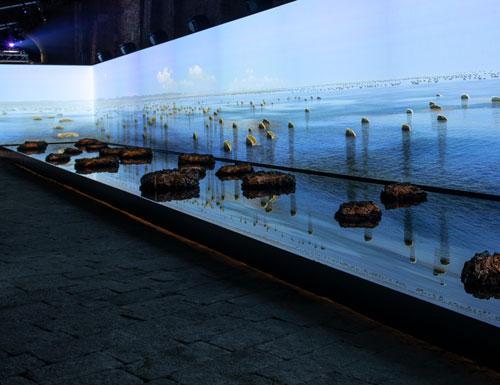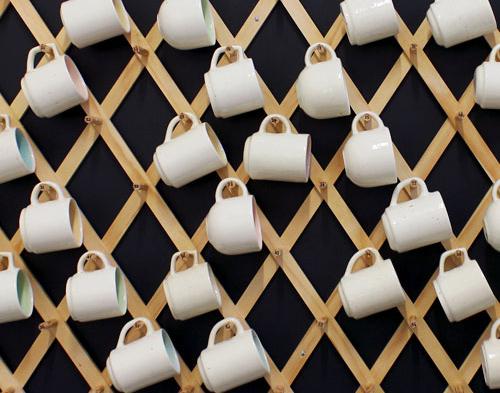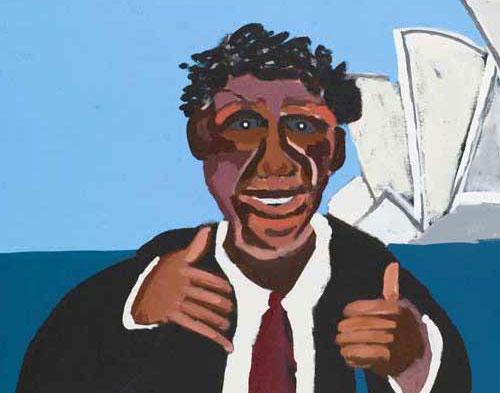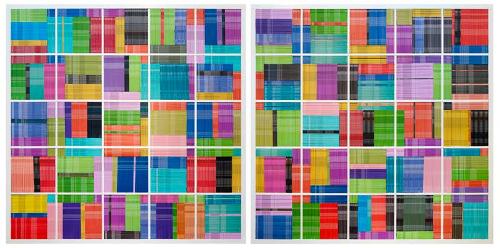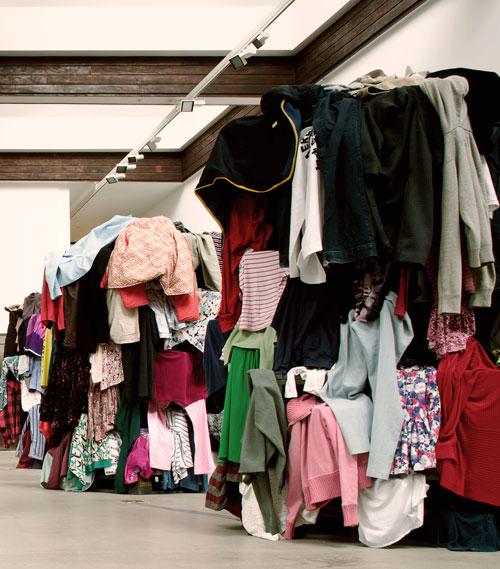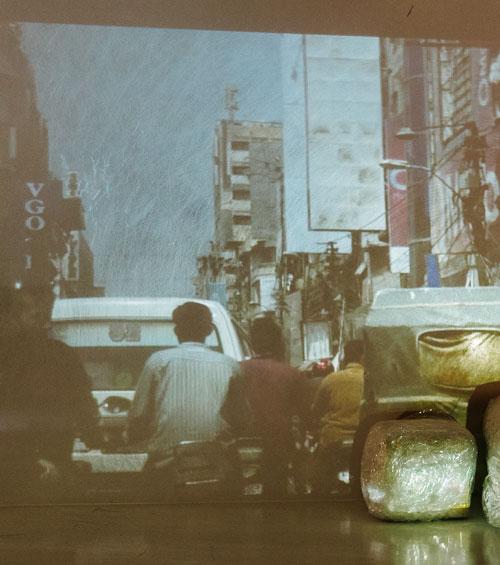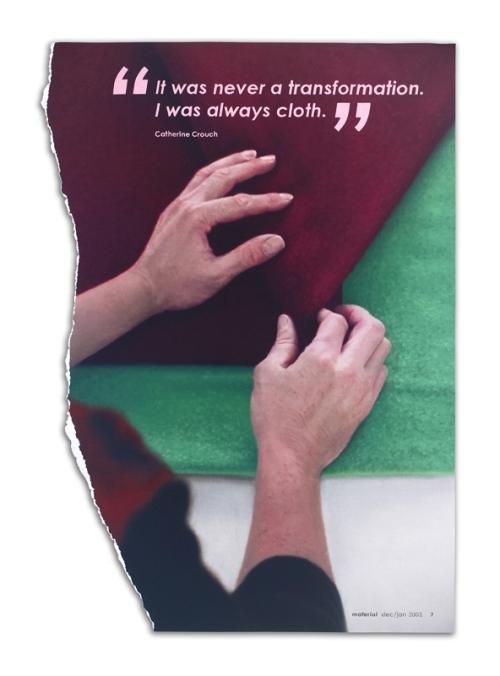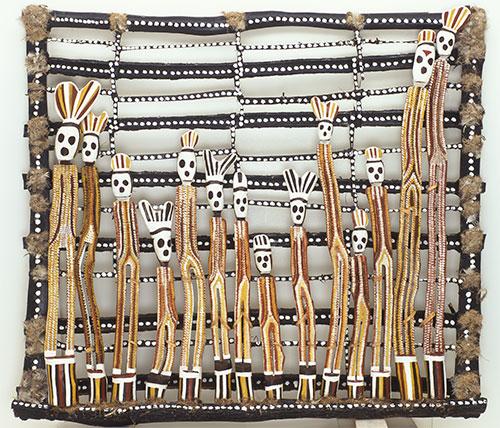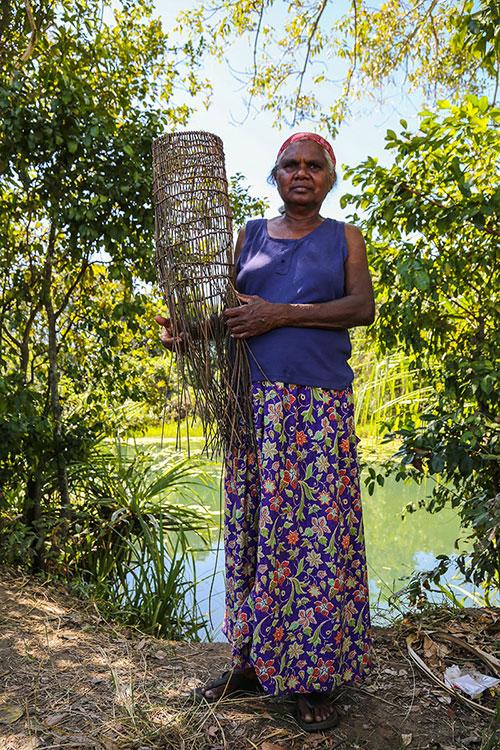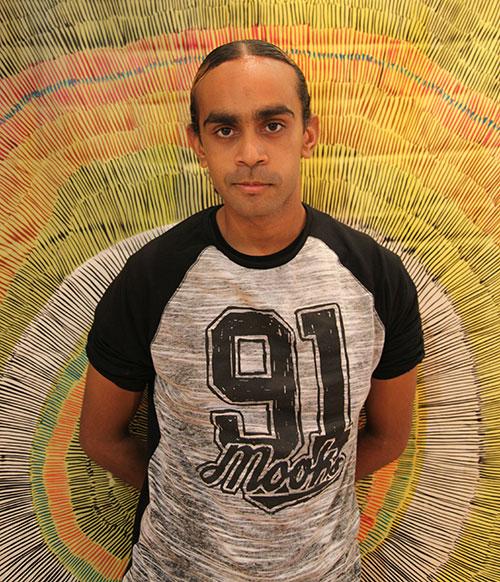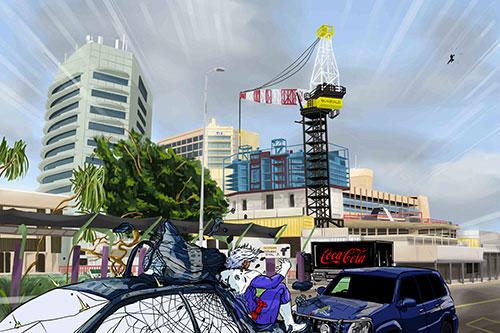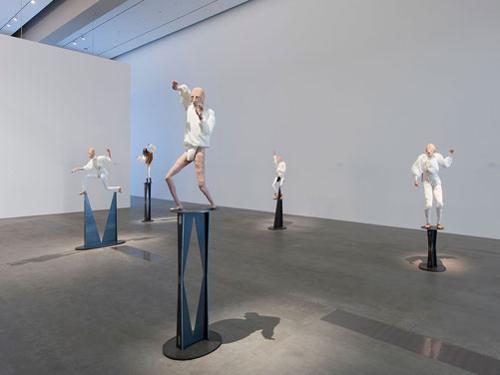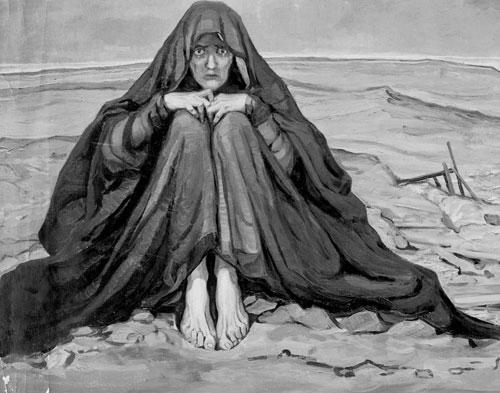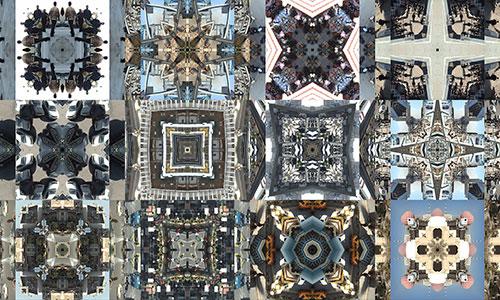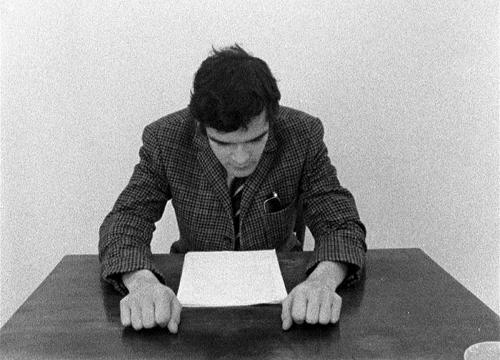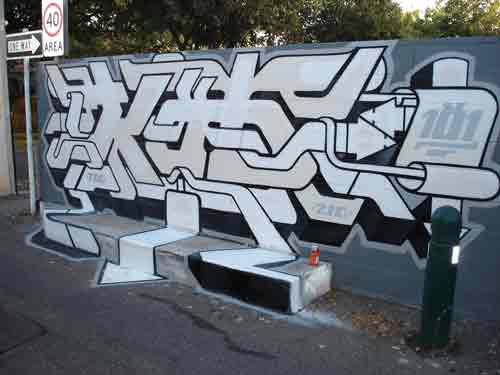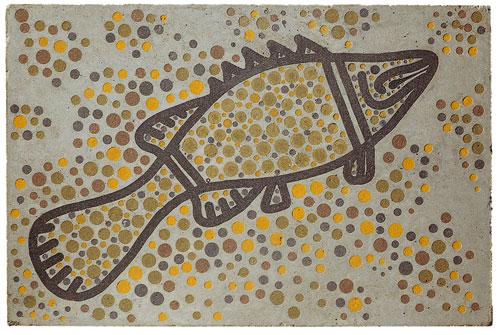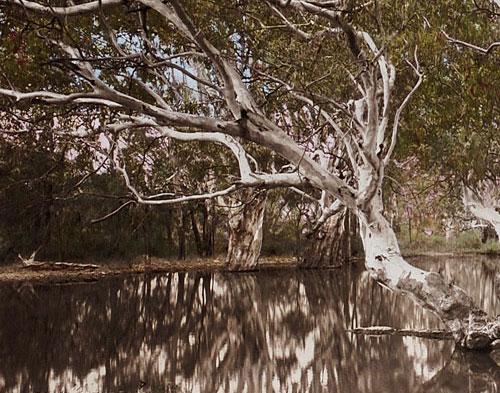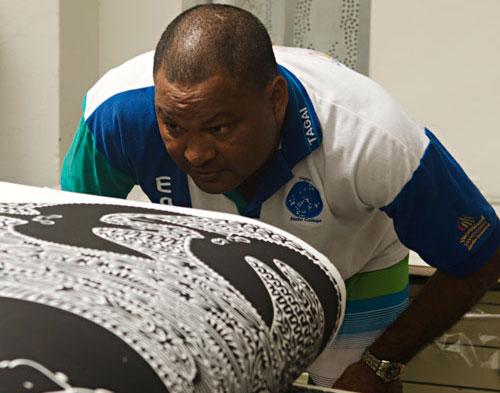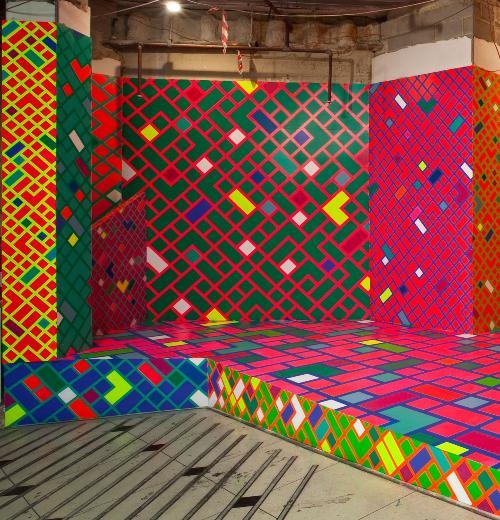Search
You searched in Artist Profile ...
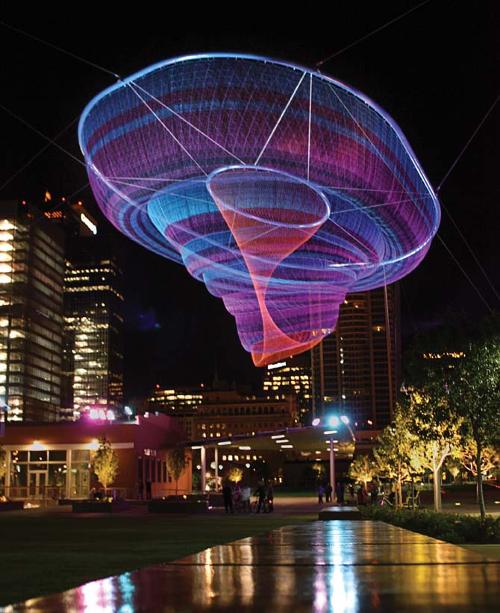

I am of the Tati Tati, Latji Latji, Wadi Wadi, Mutti Mutti, Yitha Yitha and Nari Nari peoples of the Murray River, Murrumbidgee River, Lachlan River, Edwards River and Wakool River Country in Australia.
I continue to practice and share my Ancestral peoples connection to Mother Earth through my art, songs, dance, language, cultural heritage, customs, beliefs, spirituality and knowledges. I care for Country and my people and I will remain on Country forever, just as my Ancestral people always have since creation.
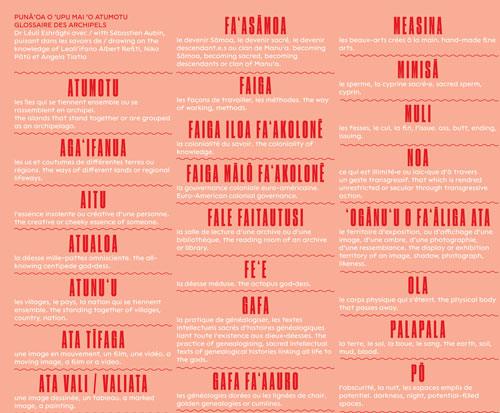
In 2019 I composed a poster form multilingual guide in Sāmoan, French and English called Punāʻoa o ʻupu mai ʻo atumotu/Glossaire des archipels to represent currents of thought and action in international Indigenous visual cultures. I worked with my friend, celebrated Nêhiyâw typographer and graphic designer Sébastien Aubin, to render my learnings from a constellation of mentors, knowledge keepers and sources during my doctoral research into international Indigenous curatorial practice into a poster form multilingual guide. The work draws on extensive discussions, residencies, exhibitions, gatherings throughout 2015–18 across the Great Ocean from north‑eastern North America to south‑eastern Australia.
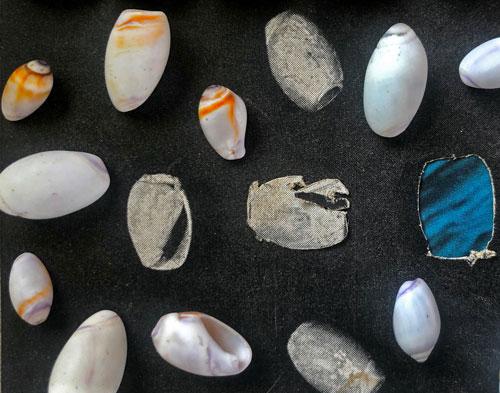
kʔimitʸɨ, we are far away.
tsʔiqɨʔ, the tides are low.
qšimuʔ, like many words in tɨnɨsmuʔ tiłhinktitʸu, explains a story rather than a fixed or singular vocabulary. Olivella biplicata has a gorgeous shell, with colours that smoothly transition from stark white to milky lavender to rich honey golds, in combination or alone, along a softly curving spire. A being reflecting spiritual wealth and a symbol of exchange from our homelands spanning mountain ranges east to nitspu nakota ktitʸu, south well beyond recently imagined lines of occupying nations, and along margins of the sea north to nitspu unangan ktitʸu, qšimuʔ grounds yak titʸu titʸu yak tiłhini in a vast network of relation. yakʔitɨnɨsmuʔ wa yakʔitotomol, which echo the cadence, vocabulary, and sewn-planks of many other nations, extend these connections well across łpasini, the one ocean.

I find it harder and harder every day to live up to my blue china.
Oscar Wilde, 1874
As an aesthete Wilde surrounded himself with beautiful objects. This epigram from his Oxford days paid tribute to and satirised the Victorian craze for the exotic. At Oxford University Wilde was introduced to the culture of aesthetes by art critic and philanthropist John Ruskin whose writings on craft also influenced William Morris.
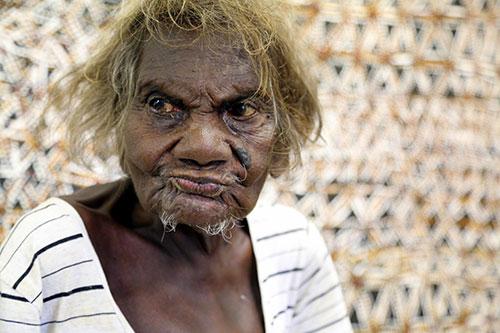
Under the guardians of the mission, Cornelia Tipuamantumirri grew up on Bathurst Island in the Tiwi Islands. She went to school under the old mission church and was given a slate and chalk. Salvation came in the form of the Catholic nuns. She lived in a dormitory with the other Tiwi girls. She was never allowed to speak her language or practice our culture.

I am a Garawa man. My country is in the southwest Gulf of Carpentaria. When I was young there was no whitefella schooling for us Aboriginal kids. My school was the bridle and the blanket, learning on the pastoral stations where my father worked. Our future was set as labourers on whitefella stations. This is the reason I don’t read and write. I’m not ashamed of this.
I was taught our law by my grandfathers, father, uncles and other senior kin from the southwest Gulf peoples: the Mara, Gudanji, Yanyuwa and Garawa. Knowledge came to me through ceremonies, hunting, fishing, gathering and travelling through our country with the old people. We sing the country.
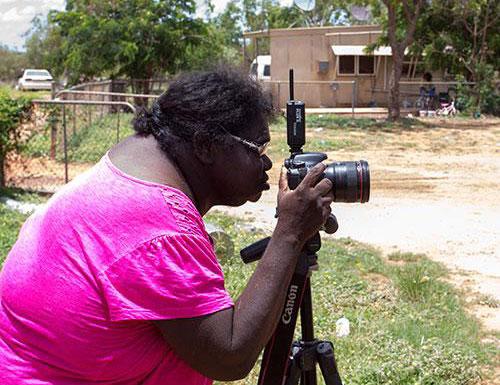
This series explores living conditions in our community of Borroloola in the Gulf of Carpentaria, Northern Territory. I am a Yanyuwa/Garrwa woman. I call it “My country, no home” because we have a Country but no home, people are living in tin shacks, in matchbox-sized houses. Even traditional owners here don’t own houses. I wanted to take these photos to show the world how my people are living. The project is not to shame them.
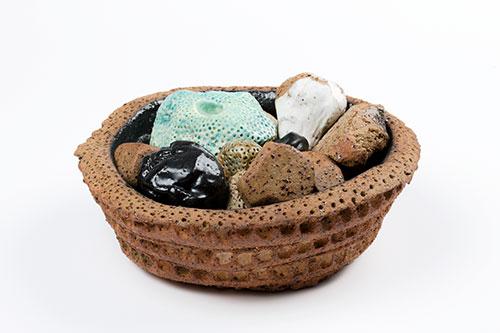
Sometimes my life as an artist feels a little fraudulent. For twenty years I worked and still work as a curator although I was trained as a painter. No art administration for me! I am an artist. So I always felt a little fraudulent as a curator as well. When I left university I wanted desperately to be an artist. Living and working in Wollongong did not present many options so we created them ourselves. In 1995, along with Lisa Havilah and Nathan Clarke, we opened Project Contemporary Art Space. About a year later I started working with Guy Warren at the University of Wollongong. Then that’s it for the artists’ life for nearly the next twenty years.
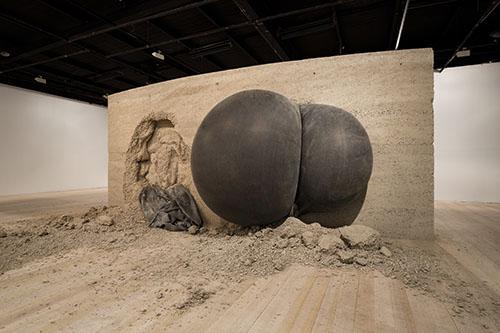
Lucy Bleach quietly moved mountains in 2015. Based in Hobart, for a number of years her work has used the language of geology to explore volatility, impact and resonance. By slowing down the experience of these forces, the slow flux of her artworks present opportunities for intimate encounter and reflection. Increasingly, her innate sculptural sensibility has also brought these concerns to an expanded field of sites, communities and histories, generating collaborative projects that engage people in deeply felt, transformative processes. Last year saw these concerns blossom in a series of five major projects, that collectively identify her as one of the most exciting, dynamic and significant artists operating in Tasmania today.
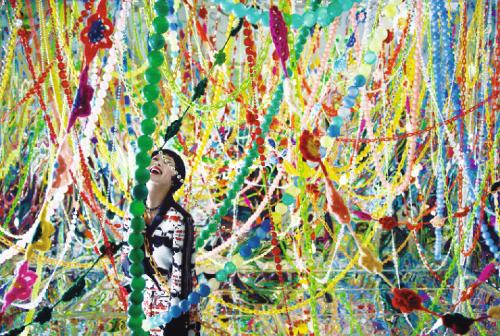
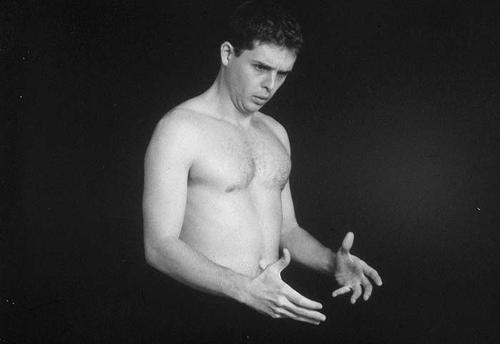

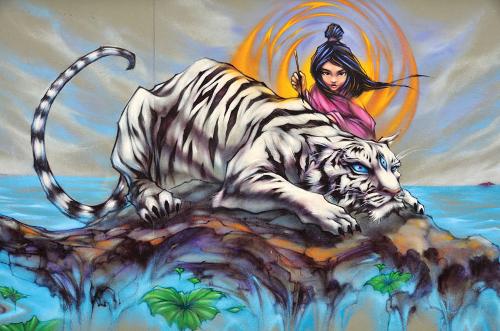
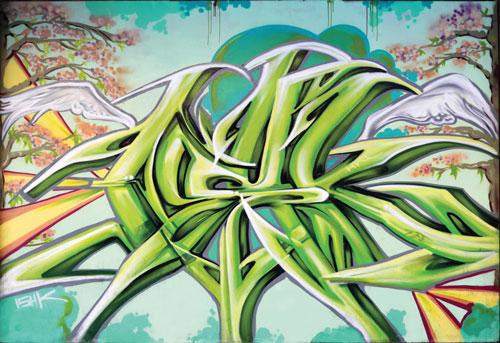



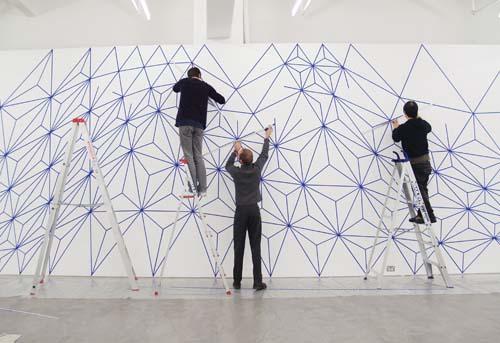
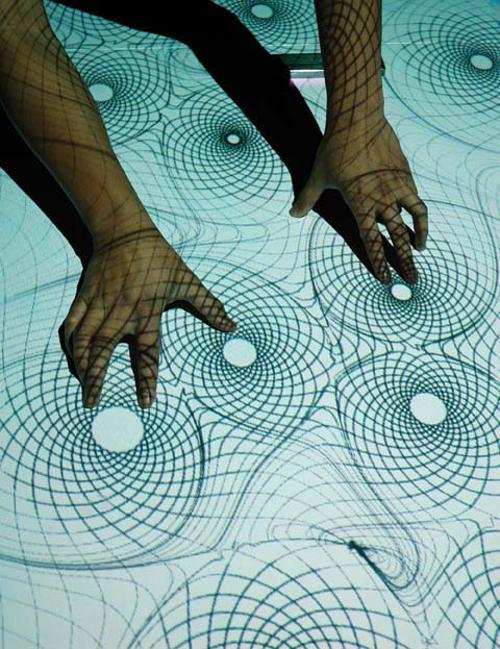
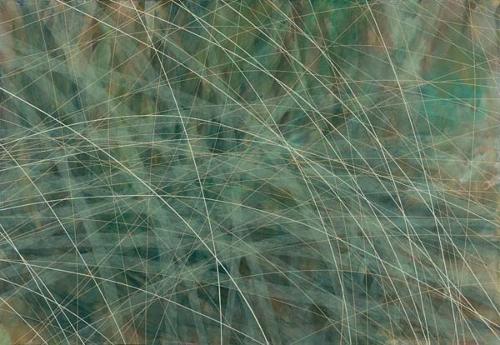
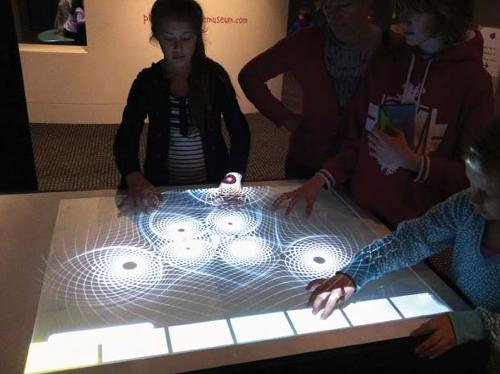
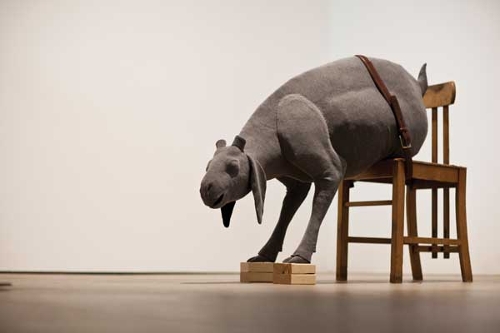
South Australian artist Julia Robinson's striking sculpture draws on the darkness in human culture that has often been represented by goats. Made from fibreglass and snugly covered in fabric they assume strange forms and positions that give them a "reverberating energy".

















